Operators in Mathematics
In mathematics, operators are symbols that represent a mathematical operation, such as addition, subtraction, multiplication, or division. These operations are used to perform calculations and solve equations.
Types of Operators:
1. Addition (+): The addition operator is represented by the plus sign (+) and is used to combine two or more numbers to find their sum.
2. Subtraction (-): The subtraction operator is represented by the minus sign (-) and is used to find the difference between two numbers.
3. Multiplication (*): The multiplication operator is represented by the asterisk (*) and is used to find the product of two or more numbers.
4. Division (/): The division operator is represented by the forward slash (/) and is used to divide one number by another to find the quotient.
5. Exponentiation (^): The exponentiation operator is represented by the caret (^) and is used to raise a number to a certain power.
6. Modulo (%): The modulo operator is represented by the percent sign (%) and is used to find the remainder of a division operation.
Order of Operations:
When using multiple operators in a mathematical expression, the order of operations is important. The acronym PEMDAS can be used as a helpful reminder:
- Parentheses: Perform operations inside parentheses first
- Exponents: Perform exponentiation
- Multiplication and Division: Perform these operations from left to right
- Addition and Subtraction: Perform these operations from left to right
Understanding and using operators correctly is essential for solving math problems and understanding mathematical concepts.
.◂Math Worksheets and Study Guides Second Grade. Fractions Greater Than or Less Than 1/2
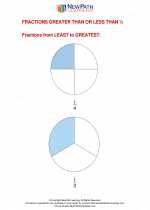
 Worksheet/Answer key
Worksheet/Answer key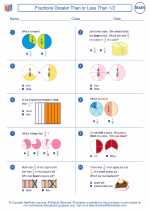
 Worksheet/Answer key
Worksheet/Answer key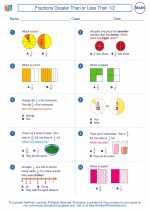
 Worksheet/Answer key
Worksheet/Answer key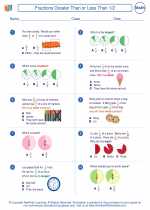
 Worksheet/Answer key
Worksheet/Answer key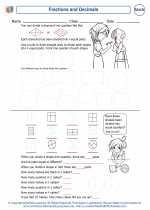
 Worksheet/Answer key
Worksheet/Answer key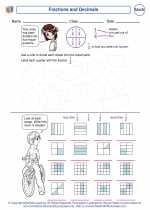
 Vocabulary/Answer key
Vocabulary/Answer key
